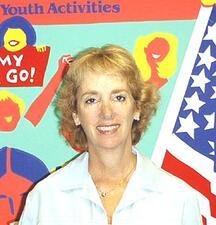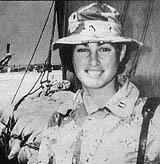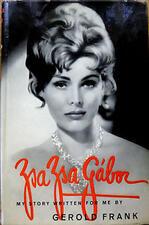
Zsa Zsa Gabor
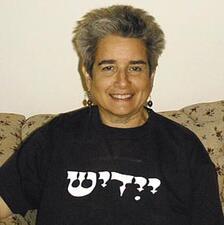
Vicki Gabriner
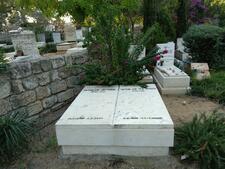
Dora Gad
Dora Gad (1912-2003) was a prominent Israeli architect and interior designer. In the early decades of Israel's statehood, Gad played a key role in designing projects for the newly established national institutions in Israel. In 1966, she received the Israel Prize in architecture, the first woman to have ever received this prize.

Gal Gadot

Barbara Gaffin
Hilda R. Gage
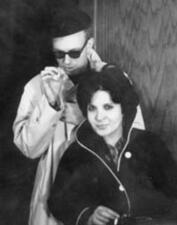
Roberta Galler

Susan Galler
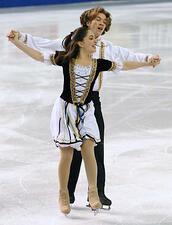
Loren Galler-Rabinowitz
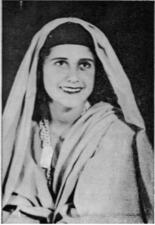
Esther Gamlielit
Esther Gamlielit was prominent in a lineage of Yemenite singers, after Brachah Zefira and before Shoshana Damari. Gamlielit was a talented singer, dancer, and actress, known for performing songs with the Yemenite-style pronunciation of the Hebrew letters het and ayin.
Mamie Gamoran
Annabelle Gamson
More than any other artist in the mid-1970s, Annabelle Gamson initiated unprecedented attention to the history of American modern dance. Her musically inspired, passionate performances of dances, choreographed by Isadora Duncan and others in the early twentieth century, brought about a resurgence of interest in Duncan’s work and her legacy, modern dance.
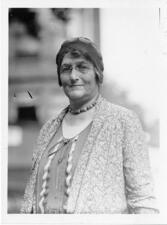
Bird Stein Gans
Bird Stein Gans was among the first generation of women involved in what was then the new field of parent education. She served as president of the Society for the Study of Child Nature for many years, significantly expanding its membership and impact.
Helene Gans
Evelyn Garfiel
Evelyn Garfiel’s Jewish scholarship on topics like the prayer book and the Hebrew language helped make Jewish study accessible to the broader public. She served on the boards of several Jewish women’s organizations and published a book in 1957 that explored the prayer book and explained the origins and purpose of different prayers.

Alicia Garza
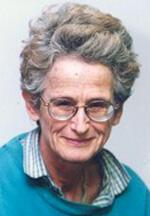
Ruth Gavison
Ruth Gay
Through her writing, Ruth Glazer Gay captured an engaging view of the Jewish community, both past and present. As a writer, journalist, and archivist, she demonstrated throughout her life the possibility of having an intellectually vibrant career while still accommodating marriage and motherhood.
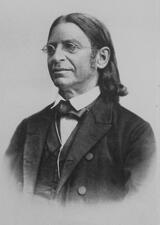
Abraham Geiger
Abraham Geiger (1810-1874) was one of the most influential Jewish thinkers of the nineteenth century. He was one of the major intellectual leaders and founders of the Reform movement in Germany and a strong supporter of Jews entering European society. As part of his vision of Judaism, he argued for a Judaism oriented around the home and domestic life, but also a Judaism that both elevated and sidelined the women that had long created that domestic life.
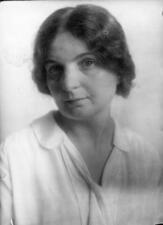
Hilda Geiringer
Sylva Gelber
Sylva Gelber dedicated her life to social work, labor politics, and women’s rights. She was the first student to enroll in Henrietta Szold’s School of Social Work in Jerusalem after immigrating to Palestine in 1932. When she returned to Canada in 1948, Gelber became nationally recognized as as a political advocate for women’s rights.
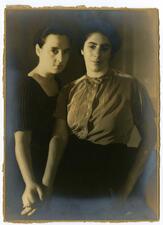
Roza van Gelderen and Hilda Purwitsky
Independent, rebellious, and eccentric, Roza van Gelderen and Hilda Purwitsky, a devoted same-sex couple, represent the “New Woman” who was coming of age in the 1920s, enjoying new freedoms of education, career, and lifestyle. World travelers, collectors, patrons of the arts, journalists, and teachers in Cape Town, South Africa, they dedicated themselves to helping Eastern European immigrant children to adapt to their new lives.
Elisabeth Rozetta Geleerd
Elizabeth Rozetta Geleerd’s work on extreme psychological conditions such as amnesia and schizophrenia led to new methods for treating seriously disturbed children and adolescents. Along with opening her own private practice, Geleerd became a training analyst and a member of the educational committee of the New York Psychoanalytic Institute and helped shape its child and adolescent analysis program.

